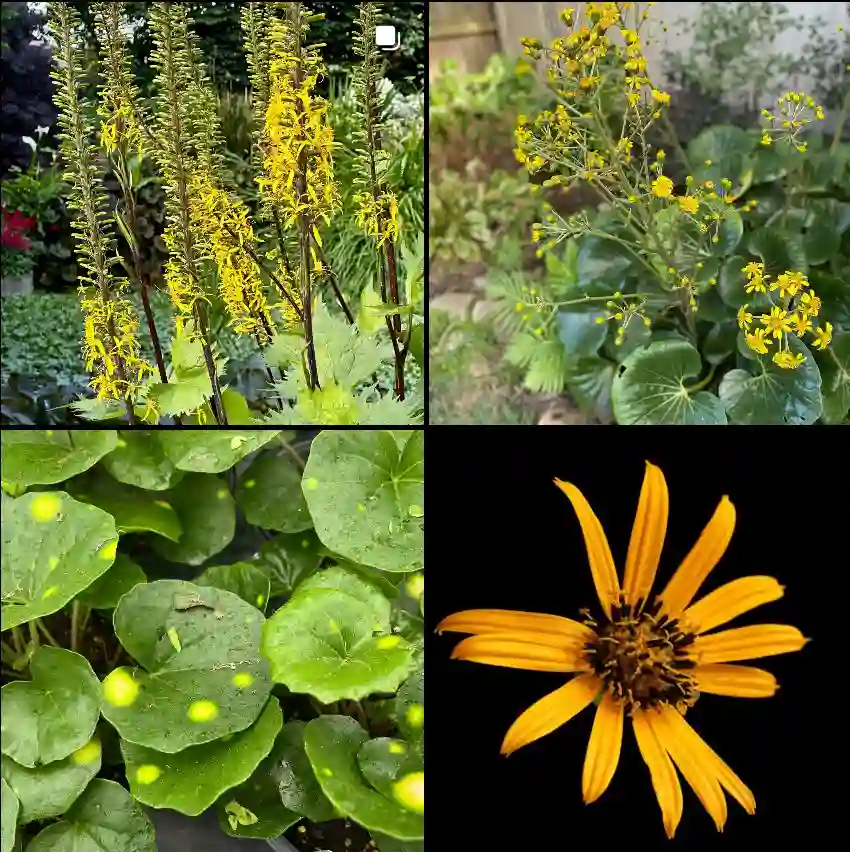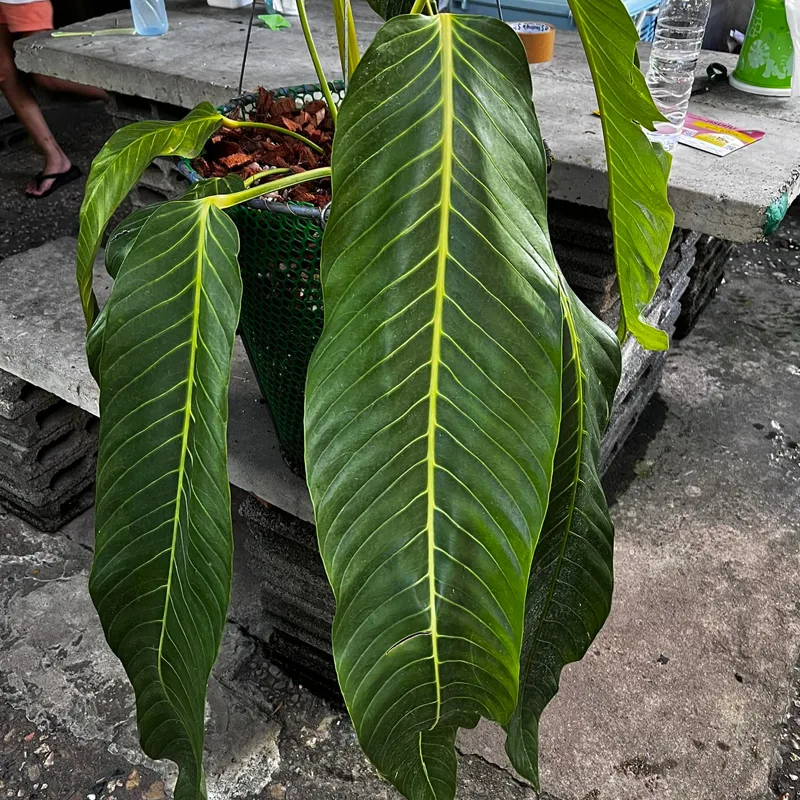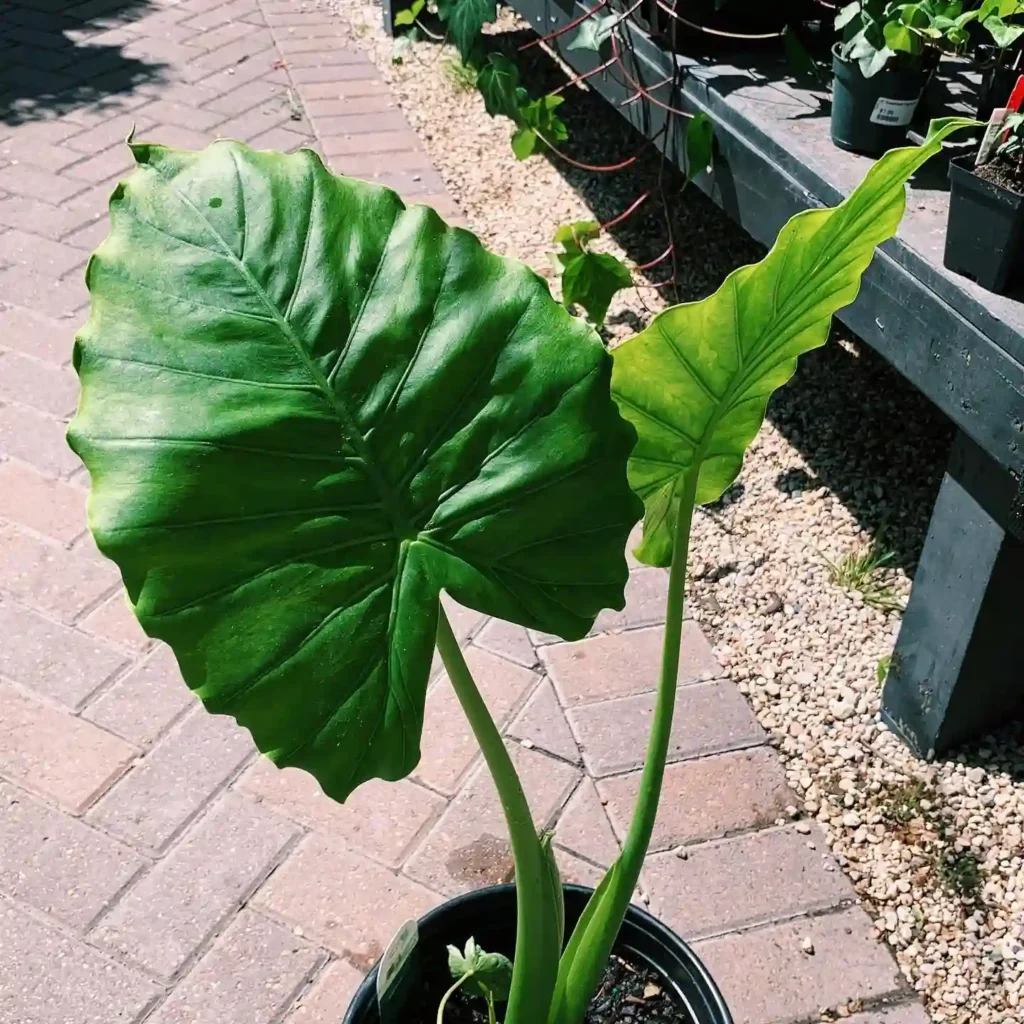What is Hoya Megalaster?
Hi everyone, Ferb Vu here. Hoyas have become a real passion of mine, and today I want to delve into a stunning variety – the Hoya Megalaster. This beauty is a climber native to Papua New Guinea, and it thrives in environments that mirror its tropical origins.
If you’re looking for a plant with captivating foliage and unique blooms, the Hoya Megalaster might be your perfect match. But before you bring one home, let’s explore some common questions to ensure you can provide the ideal care.
566 Species in Genus Hoya
Light and Location
Hoya Megalaster isn’t a fan of harsh direct sunlight. Instead, it prefers bright, indirect light. Think dappled sunlight filtering through trees or a spot near an east-facing window. South-facing windows can be too intense, especially during midday.
Temperature and Humidity
This is where the Hoya Megalaster shines (pun intended!). It’s a “warm Hoya,” meaning it thrives in temperatures between 21-35°C (70-95°F). Pair this with high humidity (ideally 60-70%), and you’ve created a tropical paradise for your plant. Grouping Hoyas together or using a pebble tray with water can help boost humidity.
Watering
Here’s where things can get tricky. Hoya Megalaster is susceptible to overwatering. The key is to let the soil dry completely between waterings. This might mean watering every 7-10 days in summer and even less frequently in winter. Signs of overwatering include mushy leaves, drooping stems, and yellowing foliage.
Soil and Potting
A well-draining potting mix is crucial. Opt for a succulent or orchid mix, or create your own by combining potting soil with perlite or chunky orchid bark. Choose a pot with drainage holes to prevent waterlogging.
Fertilizing
During the active growing season (spring and summer), a diluted liquid fertilizer formulated for Hoyas can be applied once a month. Avoid overfertilizing, as this can damage the roots.
Growth and Climbing
The Hoya Megalaster is a fast grower when given the right conditions. It produces long vines that love to climb. You can provide a moss pole, trellis, or another support structure for it to clamber onto. Alternatively, you can let it cascade from a hanging pot.
Blooming
The star of the show! Hoya Megalaster produces clusters of large, red, and fragrant flowers. The blooms can last up to a week, filling your home with a delightful scent. To encourage blooming, provide plenty of warmth, humidity, and bright indirect light.
Common Problems
Mealybugs: These sap-sucking insects can appear as white, cottony fluff on the leaves and stems. Treat them with insecticidal soap or neem oil spray.
Scale: These small, hard-shelled insects can also be a nuisance. Scrape them off with a cotton swab dipped in rubbing alcohol.
Yellowing Leaves: This can be caused by overwatering, underwatering, or lack of light. Check your watering routine and adjust as needed.
How Does Hoya Megalaster Compare to Other Hoyas?
There are over 200 species in the Hoya genus, so comparisons are inevitable. Here’s a quick look at how the Hoya Megalaster stacks up against two popular varieties:
- Hoya Carnosa: This is a more common Hoya with a wider light tolerance. It’s a good choice for beginners. However, the flowers are smaller and less fragrant compared to the Hoya Megalaster.
- Hoya Kerrii (Sweetheart Hoya): This charming Hoya is known for its single, heart-shaped leaf. It’s a compact plant that requires less space than the vining Hoya Megalaster. However, blooming can be less frequent.
Final Thoughts
The Hoya Megalaster is a rewarding plant for those who can provide the warmth and humidity it craves. With its stunning foliage and fragrant blooms, it’s a true conversation starter. Just remember, patience is key. Don’t be discouraged if it takes some time to establish itself and reward you with flowers. By providing the right care, you’ll be well on your way to enjoying this tropical gem for years to come.
If i die, water my plants!



